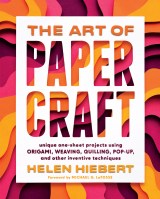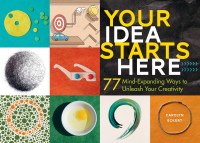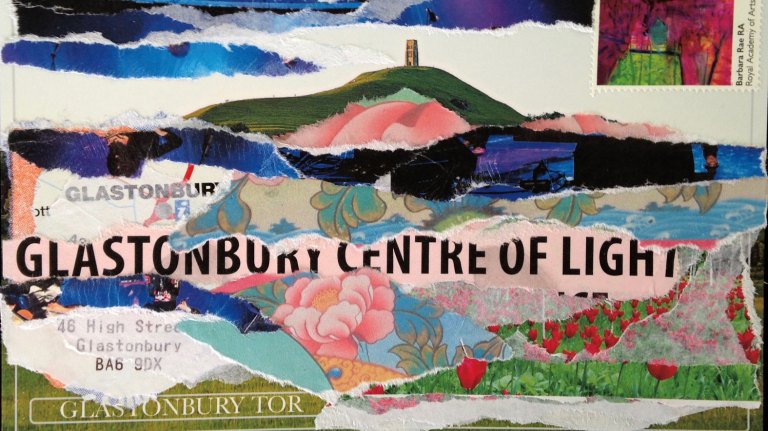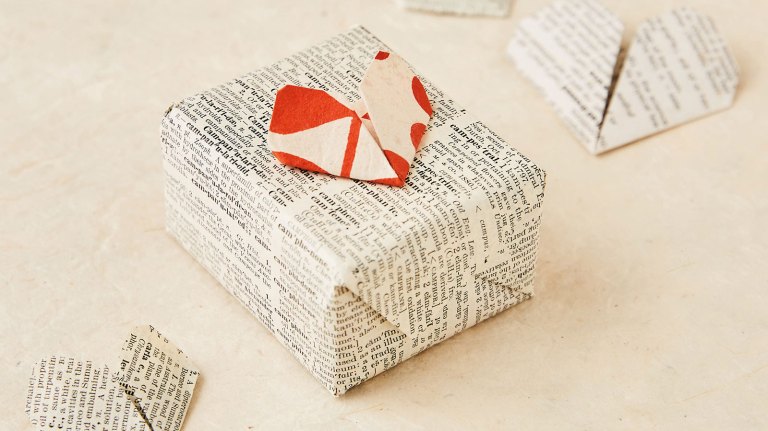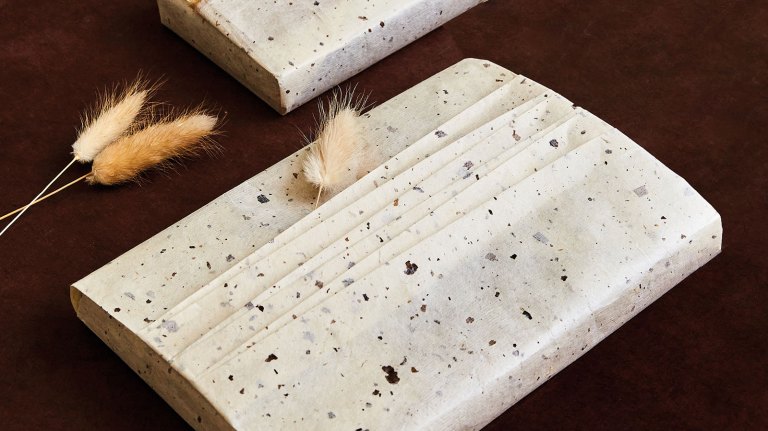Shaped by the Imperfect: A Q&A with Emily K. Neuburger
The author of Journal Sparks talks with us about some of her favorite tips and tricks and the place of journaling by hand in the digital age.
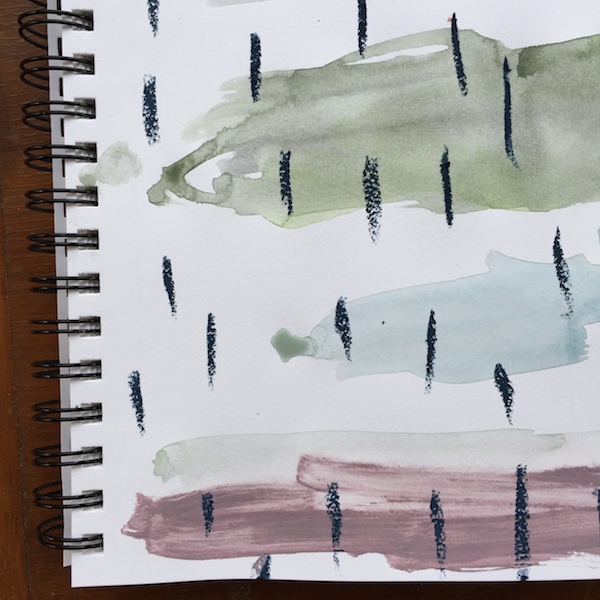
First, a confession: I was once an avid journaler. I still have them all — books from sixth grade through my late twenties, spiral-bound and stitched, lined pages and blank (my preferences varied over the years). But my journals were always only one thing — a place to record the events of my life, in narrative form — and after a while, I got tired. I stopped feeling the need to Write. Everything. Down. But I wonder what might have happened to my journaling habits if I had had Emily Neuburger’s new book, Journal Sparks. Filled with prompts designed to make our journals a place for play, for experimenting with voice or drawing or painting, or a space where we feel the freedom to do something different from what we did on the previous page (or even make our own journals), Journal Sparks offers an inexhaustible supply of ideas to save us from journal fatigue, or to get us past the mental block of starting one. I loved getting to pepper Emily Neuburger with questions about her process, and I hope you enjoy her answers as much as I do. — Emily Spiegelman, Digital Features Editor
Tell us a little about where the inspiration for this book came from.
I teach a Creative Journaling class, and Journal Sparks was born from the early days of developing the curriculum for it. The class always buzzes with energy, curiosity, enthusiasm, and experimentation. By the end of the first semester, I knew that I wanted to share my ideas in book form.
You mention the importance of being kind to yourself when it comes to keeping a journal regularly, that it’s okay if you lapse as long as you get back to it. Do you have any tips or tricks for how to motivate yourself to start up again?
Yes! I do think it is important to maintain a low-pressure, accepting artistic process. Challenges are always interesting and fun, but it can all start to feel less fun when there are unpleasant demands.
Two logistical tips:
1. When you put your journal aside for a bit, be sure it is visible — keep it in a place where you’ll see it.
2. Even if you aren’t planning to write or make art in it, pick up your journal and flip through the pages. Studying and observing your previous words and artwork often sparks new ideas. And, actually, letting those new ideas simmer for a bit can pave the way for bursts of creativity.
I love imperfection, accidental art, and interesting messes. When I feel stuck or blocked, I experiment with intentionally making mistakes. I’ll find old artwork and cut it up. I’ll draw with my left hand. I’ll mix up a weird paint color and make curious brush marks on a page. Sometimes, I’ll make art with the promise that, in the end, I’ll cut it up. This frees me from any kind of stuffy expectations that might be holding me back.
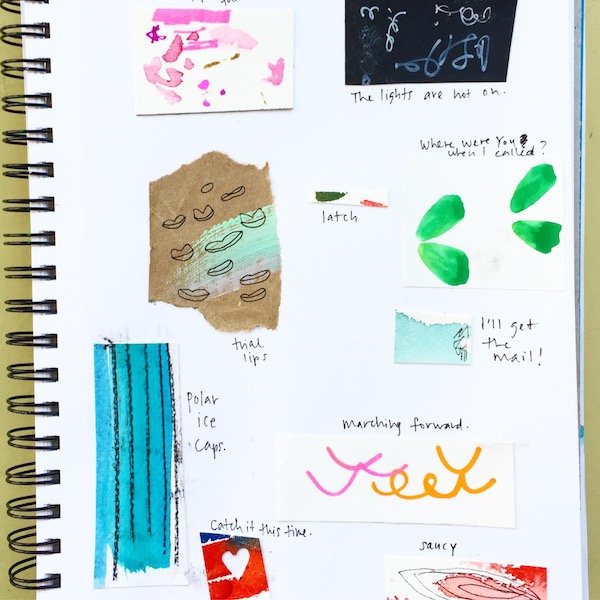
When it comes to journals as physical objects, what is your relationship to them as their maker? Where do you keep your old journals and what do you do with them?
My journals are my artistic records (creative logbooks) of the ideas, images, and thoughts that were once in my mind. They are pieces of art, and they are my resources. When I’m feeling stuck, I’ll open one and study the pages. I like to keep a stack of them on the shelf in my studio, and the rest are in protective boxes in my basement. I do keep two of my older journals easily accessible in my studio.
I especially love looking at the journal I kept while I backpacked through Europe in my early twenties. In my head, it all feels fuzzy and dreamy, and the sketches, lists, and anecdotes in the journal help to round out those memories.
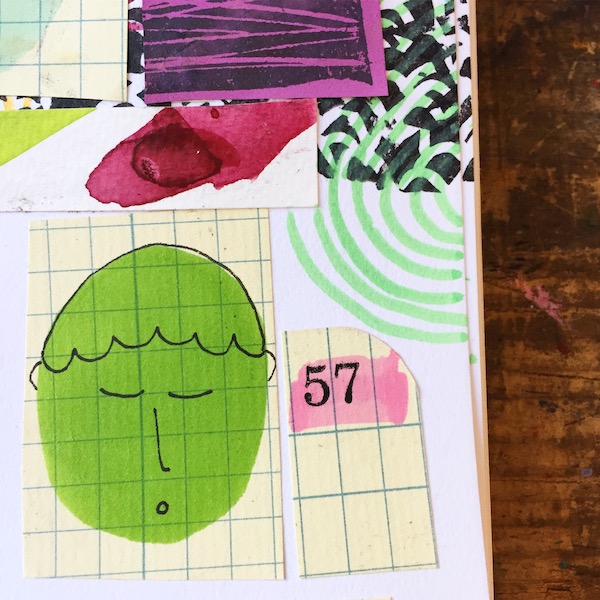
A lot of the ideas and prompts in Journal Sparks are about playing with names, wordplay, playing with color, and even with sound. All of these things feel (to me) like an exercise in upending/subverting expectations, a way of breaking out of our usual patterns of thinking or seeing or interacting with our environment. What is it about journals, especially, that makes them ideal spaces for this kind of play?
Yes! So much yes. I really do believe that this kind of experimentation, this way of shifting our perspective allows us to write and make art from a less evaluative place. And, I do think there is so much beauty and magnetism in unusual and unexpected creations.
Journals offer us blank pages where we can play with how we think, how we see, how we interpret the world around us. I mentioned the journal I kept while I was traveling through Europe. The fuzzy memories of my adventures are now shaped by the imperfect, unusual ways I chose to capture them. There are sketches of washed-up beach pottery, receipts that have been turned into poems, and hand-drawn maps that have only food carts, cats, and flower gardens. This is what helps me to remember, and I love every vivid detail.
For me, knowing there is nowhere for the journal page to be other than bound in the book is an invitation to be as experimental, subversive, and creative as I wish. That page will be there tomorrow, informing the next page, reminding me to play.
What’s your favorite journaling “tool” at this moment?
Right now, I’m having fun with my Winsor & Newton Promarkers, POSCA markers, Sennelier oil pastels, and Jack Richeson Shiv Artist’s Paintstiks.
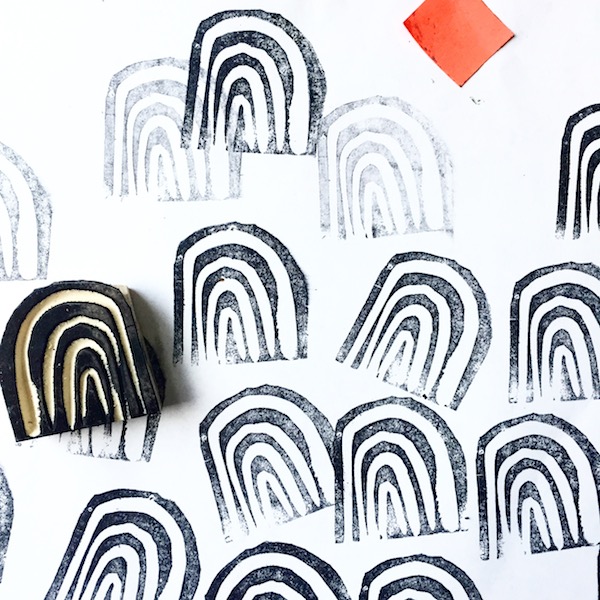
What do you think is the place of writing by hand, drawing, and painting in the digital age? Can what we do in one space inform what we do in the other?
I type all the time, but I do love the way words feel when they’re handwritten in my journal. I’ve read articles about the way in which writing and making art by hand uses a specific part of the brain that isn’t triggered by typing. This New York Times article discusses the way in which hand writing aids in the learning process. The imperfection and messiness of freehand writing sends messages to the brain about what we’d like to do next.
I do think the two spaces inform each other. I cozy up with my laptop and type ideas that inspire me, and they often lead to my journal work. And, let’s not forget places like Instagram and Facebook, where we can be part of a community of makers and artists. I like to share my art and writing on Instagram, and I love chatting with others about their ideas. Come say hello!

ART BY EMILY K. NEUBURGER, EXCERPTED FROM JOURNAL SPARKS © EMILY K. NEUBURGER.
Using words, drawing, collage, and observation-based list-making, award-winning author Emily K. Neuburger highlights the many paths into journaling. Every spread invites a new approach to filling a page, from making a visual map of a day-in-my-life to turning random splotches into quirky characters for a playful story. It’s the perfect companion to all those blank books and an ideal launchpad to explore creative self-expression and develop an imaginative voice — for anyone ages 10 to 100!
Teachers’ Choice Award Winner
Mom’s Choice Awards Winner
Foreword INDIES Gold Award Winner
National Parenting Product Awards Winner




